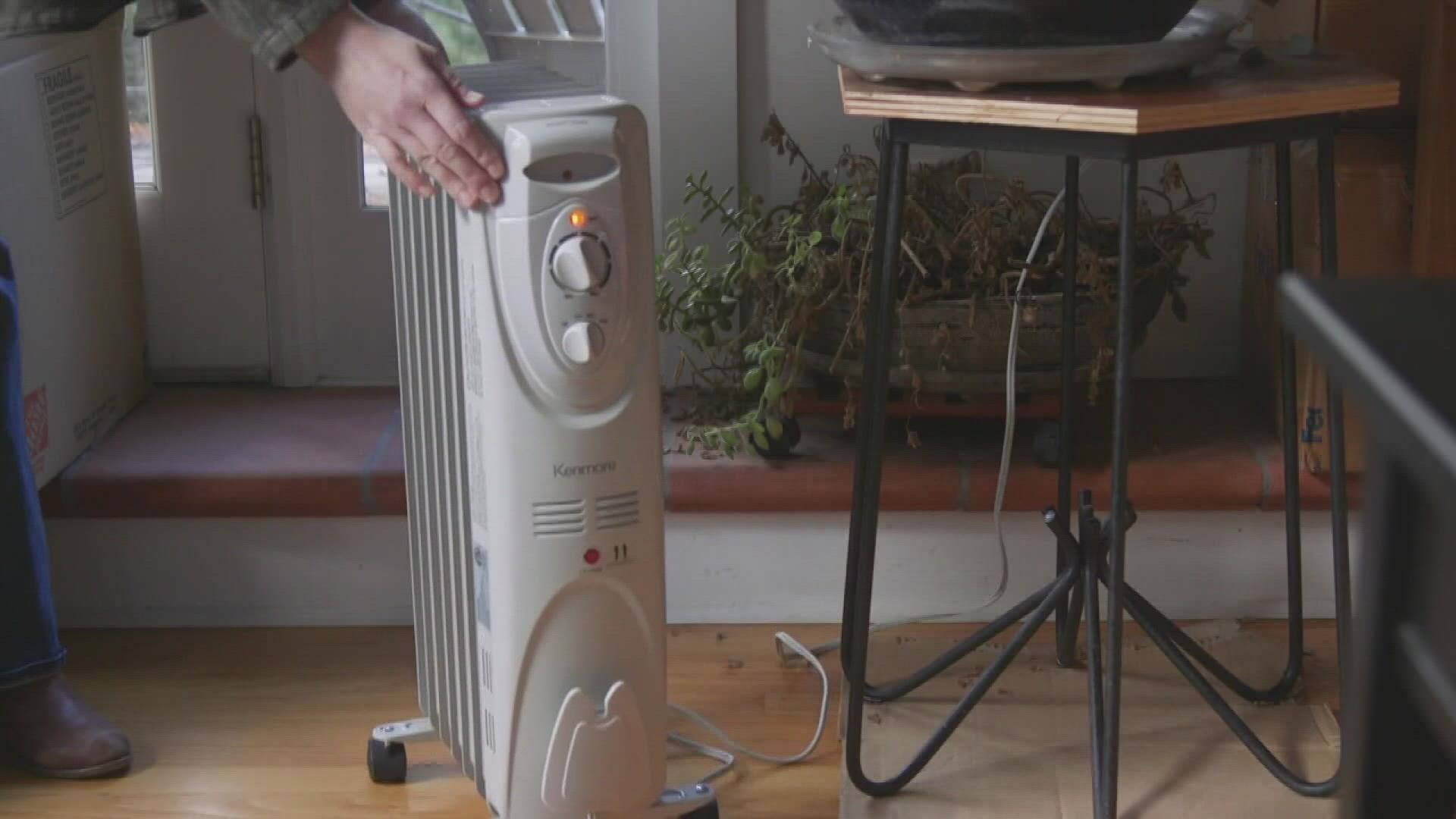ST. LOUIS — An arctic blast is headed for St. Louis, bringing the coldest temperatures of the year.
St. Louis hasn't seen temperatures like this in years, so there may be some steps to take that you are not used to.
With the possibility of a flash freeze, Christie Barnhart with Missouri American Water said it does make it worse for our homes, the pipes there and also out in the streets.
“Any time you see temperatures change quickly, it does raise the likelihood of causing possible pipe breakage within homes and businesses," Barnhart said. And then also on our side with the water pipes that deliver water.”
Barnhart said that means we could see some water main breaks unless snow on the ground can provide insulation.
“It might not be a bad idea to just proactively store some water in the refrigerator just in the event that you do have a water main break,” Barnhart said.
Some things you can do at home are open up your cabinet doors underneath the sink and let the warm air in, let faucets drip and even wrap pipes in heat wrap or newspaper.
In the event a pipe does burst, St. Louis Fire Chief Dennis Jenkerson said you should also know where important shut-off valves are.
“One of the questions I ask a lot of people is, do you know where the main water shut off is in your house? Normally the homes in St. Louis have a basement and somewhere in that basement, near the front entrance near the street, there should be a main valve. Know where that's at. You should know where your gas valve turn-off is for your house should something go wrong with the gas. The same way you should know how to turn off all your electric at the breaker box,” Chief Jenkerson said.
Jenkerson said in addition to burst pipes, they also anticipate mishaps with space heaters, fireplaces and furnaces and want to remind everyone to check carbon monoxide and smoke detectors and change furnace filters.
“We really don't emphasize any type of space heater usage unless you're in the room and using it. Once you leave the room, unplug it and turn it off,” Jenkerson said.
Missouri American Water and the American Red Cross provided some steps you can take now, some things to do when it gets really cold and how to handle a frozen pipe should one occur.
Prepare
- Know the location of your main water shut-off valve.
- Turn off and drain your irrigation system.
- Eliminate sources of cold air near water.
- Protect exposed pipes by wrapping them with insulation, fabric, or newspaper.
- Remove, drain, and store hoses used outdoors. Close inside valves supplying outdoor hose bibs. Open the outside hose bibs to allow water to drain. Keep the outside valve open so that any water remaining in the pipe can expand without causing the pipe to break.
When temperatures stay below freezing
- Leave doors open on cabinets and vanities to expose pipes to warmer air.
- Keep water moving through pipes by allowing a small trickle of water to run.
- If it snows, allow the snow to cover your water meter. Snow acts as insulation.
- Keep the thermostat set to the same temperature both during the day and at night. By temporarily suspending the use of lower nighttime temperatures, you may incur a higher heating bill, but you can prevent a much more costly repair job if pipes freeze and burst.
If your pipes freeze
- Shut off the water immediately.
- Thaw pipes with warm air, not direct heat. Avoid leaving space heaters unattended and avoid the use of kerosene heaters or open flames.
- Turn the water back on slowly once pipes have thawed, and check for cracks and leaks.

